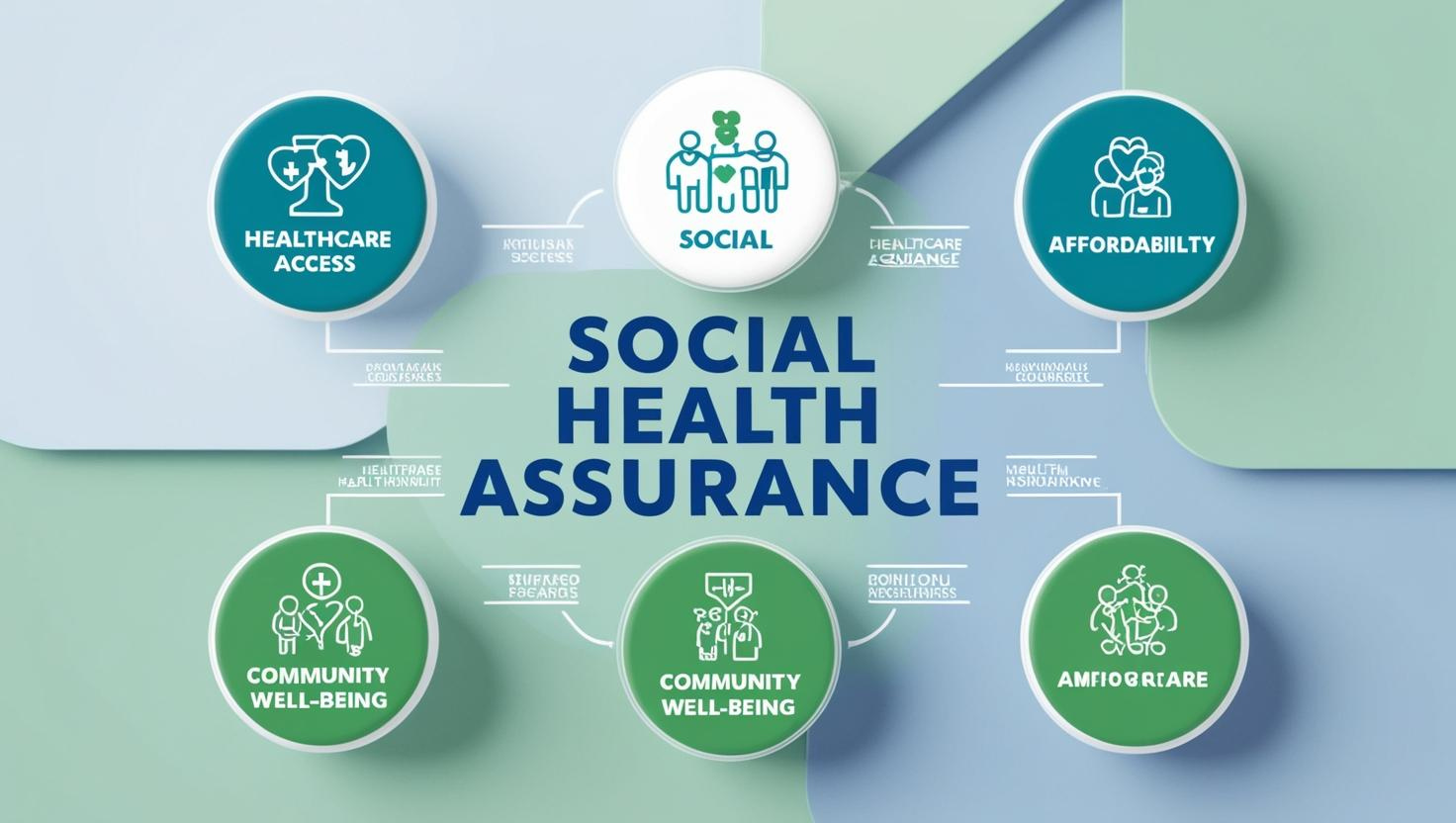Understanding Social Health Assurance (SHA) in Kenya
- by Diana Ndanu
- 05 January, 2025
- 0 Comments
- 4 Mins
No processed graphic yet.
_20250105_174812_0000.jpg?locale=en)
No processed graphic yet.
Introduction
Access to healthcare is a cornerstone of a prosperous society, but for many Kenyans, the cost of medical services can be a significant barrier. Social Health Assurance (SHA) is an evolving concept aimed at ensuring every Kenyan has access to quality and affordable healthcare without financial hardship. Let’s unpack what SHA is, how it works, and why it’s essential for Kenya’s healthcare system.
What is Social Health Assurance (SHA)?
Social Health Assurance refers to a system where individuals and communities are guaranteed access to healthcare services when they need them, without suffering financial distress. Unlike health insurance, which often focuses on pooling funds and reimbursement, SHA emphasizes guaranteeing healthcare as a social good.
In Kenya, SHA is central to achieving Universal Health Coverage (UHC), a key pillar of the government’s Big Four Agenda. Through SHA, the goal is to provide equitable, high-quality healthcare services to all Kenyans, regardless of their income level or employment status.
How Does Social Health Assurance Work in Kenya?
1. Pooled Contributions
SHA relies on contributions from various stakeholders, including:
- Government funding through taxes.
- Contributions from formal and informal sector workers.
- Support from international donors and private organizations.
- These pooled funds are used to ensure healthcare services are available to all, especially the most vulnerable populations.
2. Risk Sharing
By pooling resources, SHA spreads the financial risk of healthcare across the population. This ensures that the cost of care for one individual doesn’t overwhelm them financially.
3. Comprehensive Coverage
SHA aims to provide a wide range of services, including:
- Preventive care (vaccinations, screenings).
- Curative care (hospital admissions, surgeries).
- Management of chronic diseases.
- Maternal and child health services.
- Emergency care.
4. Public and Private Partnership
Kenya’s SHA system involves partnerships between public and private healthcare providers to improve access and quality of care.
Key Components of SHA in Kenya
1. Universal Health Coverage (UHC)
UHC is at the heart of SHA, ensuring that all Kenyans have access to essential health services without financial strain.
2. County-Level Implementation
Healthcare delivery is devolved in Kenya, meaning counties are responsible for implementing SHA programs tailored to local needs. This decentralized approach improves service delivery and accountability.
3. Targeted Subsidies
The government provides subsidies to cover healthcare costs for vulnerable populations, such as the elderly, children, and people living with disabilities.
Benefits of Social Health Assurance in Kenya
1. Improved Access to Healthcare
SHA ensures that every Kenyan, regardless of their economic status, can access essential healthcare services when needed.
2. Reduced Out-of-Pocket Expenditure
With SHA, individuals don’t have to worry about paying large sums of money for healthcare, reducing the risk of medical debt.
3. Promotes Equity
SHA prioritizes vulnerable groups, ensuring that healthcare services reach those who need them the most.
4. Focus on Preventive Care
SHA encourages preventive measures like vaccinations and screenings, reducing the overall disease burden
5. Strengthened Healthcare Infrastructure
By pooling resources, SHA facilitates investments in healthcare facilities, equipment, and workforce training.
Challenges Facing Social Health Assurance in Kenya
While SHA is a promising initiative, it’s not without challenges:
1. Inconsistent Funding: Reliance on donor funding and irregular government allocations can affect the sustainability of SHA programs.
2. Awareness Gaps: Many Kenyans are still unaware of how SHA works or how to access its benefits.
3. Inefficiencies in Service Delivery: Bureaucratic delays and corruption can hinder effective implementation.
4. Limited Coverage in Remote Areas: Rural and marginalized areas often lack access to healthcare facilities, undermining SHA’s goals.
How Can Kenyans Benefit from SHA?
1. Register for SHA
Ensure you’re registered and making regular contributions to access healthcare services.
2. Stay Informed
Understand your healthcare rights and the services available to you under SHA. Follow updates from the Ministry of Health and your county government.
3. Advocate for Better Healthcare
Join community forums or organizations advocating for improved healthcare access and accountability in SHA programs.
4. Utilize Preventive Services
Take advantage of preventive healthcare measures like vaccinations and screenings covered under SHA programs.
SHA and the Future of Healthcare in Kenya
Social Health Assurance is transforming Kenya’s healthcare system by prioritizing equity, affordability, and quality. As the government continues to implement and strengthen UHC, SHA is expected to play a pivotal role in achieving a healthier Kenya.
To ensure its success, all stakeholders—citizens, healthcare providers, and policymakers—must work together. By embracing SHA, we’re not just improving access to healthcare; we’re building a society where health is a right, not a privilege.
Got Your Own Experience? Share with us
Popular Categories
Most Visited Blogs
Daily Newsletter
Get all the top stories from Blogs to keep track.



